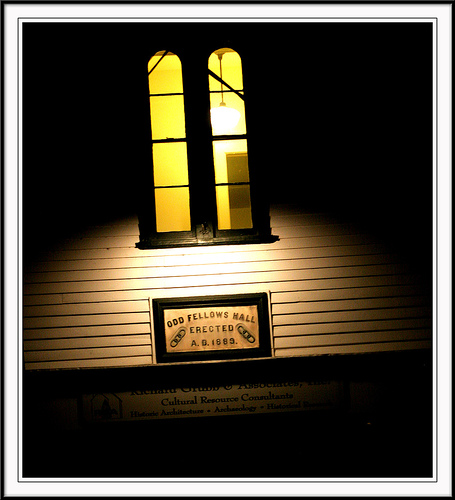
While reading the New York Times the other morning, I was distraught to find not one sampling of good news. Not one. Every ugly headline I read had something to do with destruction on both a global and a personal scale. And for days afterwards, columns of bad news piled up around me, rising like cinders, threatening to distort my world’s simplest joys.
More than that, the bad news made me think about the world we are handing to our children, to my children, and how I might help them cope with the onslaught of negative information and experience (i.e. middle school) that will inevitably come their way.
When I was growing up, I read and wrote poetry to process and lend beauty to circumstances that were not always the best, and some of my favorite memories of my father, a strapping, stoic farmer, are of his recitations of poetry at the dinner table – something that shaped my love for language and the comfort I’ve taken in it. So, I decided that I would help my family (and myself) combat the stress and uncertainty of each day with a few minutes each morning dedicated to the consideration/reading/hearing/tasting/smelling/seeing of something beautiful.
We call it “Beautiful Time.”
Now, this is a lovely idea in theory. And, actually, it’s a lovely idea in practice, except that our three year old has her own conceptions of beauty, and TV happens to be one of them. Each morning, we drag Claire away from “Jack’s Big Music Show” to share with her the things we hope will eventually sustain her when NickJr. is a thing of the past: truly great music – not just classical, but rock, folk, country and alternative – beautiful, interesting art, and kind words, spoken and written.
For now, we recognize and give in to our children’s line of vision: we allow Claire to put on her princess dress and dance to Schumann’s Piano Concerto in A Major, even if it’s a harried morning; on occasion, we use her art as a “Beautiful Time” focal point; we ask her what she thinks is beautiful, how she feels when she makes something beautiful (“happy”), and what makes her feel loved. In this way, her perspective (and soon, Elizabeth’s) will shape our grown up perspectives on beauty in all its forms, bringing with it a peculiar joy and curiosity.
Absorbing artful sustenance for whatever lies ahead seems a good practice for anyone unwilling to surrender completely to the world’s painful realities. It can be a reminder of how best to process bad news – a lot of incredible art has been born of hard times – and how to find a center point of beauty and strength to return to in otherwise unwieldy chaos.
On Tuesday, we looked at a wood carving of a flower Andrew’s dad made when Andrew was Elizabeth’s age. It is one of his simpler carvings, but beautiful, and both our girls loved holding it and running their fingers across its intricate detail. Claire was so enamored by the idea of “Pete” having made the carving that she lingered longer than usual at the kitchen table, and didn’t even ask for the TV to be turned back on, allowing me, even, to read her a poem far above her reach, but filled with beautiful words. I’ve posted it below to give you your own bit of sustenance for whatever your day may hold.
From Blossoms
By Li-Young Lee
From blossoms comes
this brown paper bag of peaches
we bought from the boy
at the bend in the road where we turned toward
signs painted Peaches.
From laden boughs, from hands,
from sweet fellowship in the bins,
comes nectar at the roadside, succulent
peaches we devour, dusty skin and all,
comes the familiar dust of summer, dust we eat.
O, to take what we love inside,
to carry within us an orchard, to eat
not only the skin, but the shade,
not only the sugar, but the days, to hold
the fruit in our hands, adore it, then bite into
the round jubilance of peach.
There are days we live
as if death were nowhere
in the background; from joy
to joy to joy, from wing to wing,
from blossom to blossom to
impossible blossom, to sweet impossible blossom.





